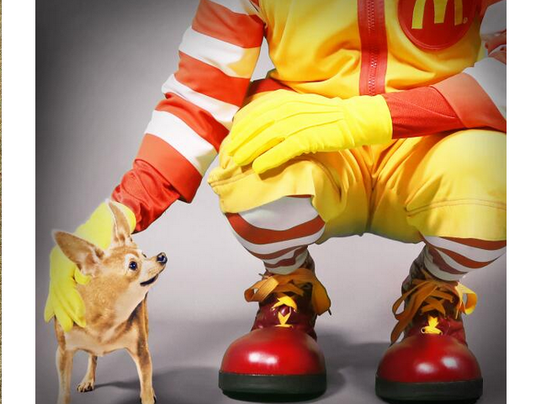Several weeks ago we discussed how Axe created a manly shower tool for men in order to promote the sales of shower gel for men. I saw an ad for a shower gift set for women by Axe, which also featured the same shower tool, but in a more feminine design. What I find interesting is that though Axe tried to make the shower tool manly (to look like a car wheel with rougher edges on the outside and a softer inner scrub), they have decided to create a feminine version of it. Axe seems to have come up with a handy and efficient tool overall.
Axe is using the same design for a shower tool for women, when they clearly could have included a loofah instead. Of course, the campaign of Axe Anarchy has two sides, one for males, and one for females, so perhaps the company was trying to match the two sides with the shower tools. However, I would think that including a loofah would be so much cheaper than including the detailer in the "Anarchy for Her" set, so perhaps it is because of the success of the detailer shower tool that they have decided to include it in this campaign for both sides. I just find this an interesting addition onto the success of the detailer shower tool, which was first and foremost born out of the goal of promoting shower gel for men.





.JPG)










